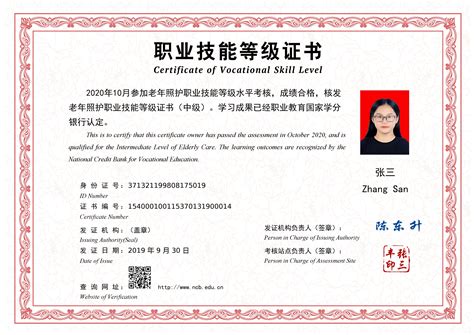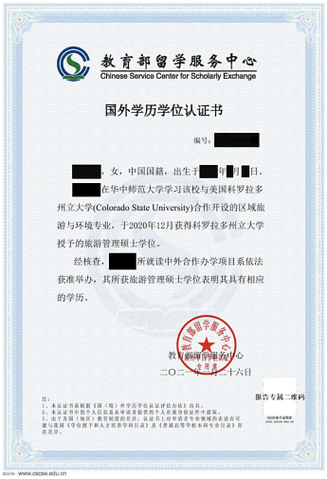有关移民的作文英文版范文
Title: Immigration: A Journey towards New Opportunities

Introduction:
Immigration is the process of individuals relocating to a new country with the intention of settling there permanently. It is a significant global phenomenon that can bring about both challenges and benefits for all parties involved. In this essay, we will explore the various aspects of immigration and its impact on individuals and societies.
Body:
1. Economic Benefits of Immigration:
Immigration often brings economic benefits to both the host country and the immigrants themselves. Immigrants often fill gaps in the labor market, taking up jobs that locals are unwilling or unable to do. They contribute to economic growth, pay taxes, and create new businesses, thus stimulating the economy. Additionally, immigrants can bring diverse skills and knowledge that can drive innovation and productivity in various industries.
2. Cultural Enrichment:
Immigration leads to cultural diversity, which can enrich societies in numerous ways. It exposes people to different traditions, languages, and perspectives, fostering tolerance, understanding, and appreciation for diverse cultures. Immigrants introduce new cuisines, art forms, and traditions, making societies more vibrant and dynamic. Cultural exchange can lead to innovation and creativity, enhancing social and intellectual development.
3. Social Challenges and Integration:
Immigration also presents social challenges, particularly in terms of integration and social cohesion. Language barriers, cultural differences, and discrimination can hinder the process of assimilation. Both the host country and immigrants must invest in initiatives that promote integration, such as language courses, cultural exchanges, and employment support. Successful integration benefits the overall society by creating cohesive communities and reducing social tensions.
4. Brain Drain and Skills Migration:
One consequence of immigration is the phenomenon known as brain drain. Some countries experience a significant outflow of highly skilled professionals who seek better opportunities abroad. This can have negative impacts on the source country, as it loses valuable human capital. However, this can be mitigated through policies that encourage knowledge exchange, collaboration, and return migration, such as establishing ties between universities and research institutions.
5. Global Collaboration and CrossBorder Connections:
Immigration fosters global collaboration and crossborder connections. It allows for the sharing of knowledge, expertise, and resources between countries, leading to mutual benefits. Immigrants often maintain strong ties with their home countries, becoming bridges for trade, investment, and cultural exchange. Additionally, through remittances, immigrants can contribute significantly to the development of their home countries' economies.
Conclusion:
Immigration is a complex and multifaceted phenomenon with both positive and negative aspects. While it brings economic benefits, cultural enrichment, and global collaboration, it also presents challenges such as social integration and brain drain. It is crucial for governments to adopt policies that address these challenges and maximize the opportunities that immigration offers. By embracing diversity, investing in integration programs, and promoting global collaboration, societies can thrive and benefit from the contributions of immigrants, creating a more inclusive and prosperous world.








